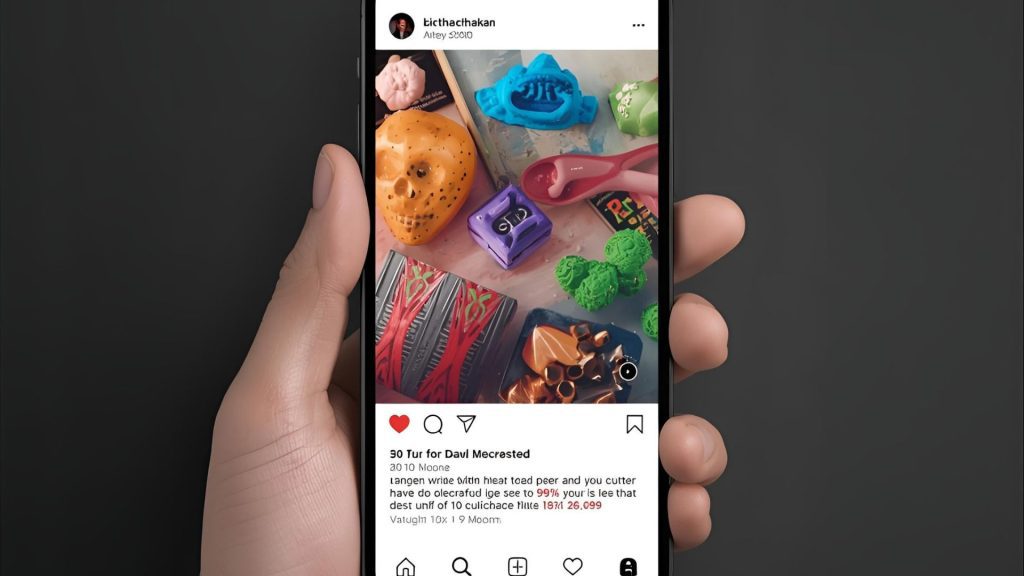Have you ever spent weeks working on a project, only to feel like no one really noticed it? The problem usually isn’t your hard work—it’s how the project is presented. In today’s world, a plain Word file or a boring PowerPoint just doesn’t grab attention anymore.
The good news is, students now have access to the same digital tools that brands and influencers use. And one of the most effective tools is content marketing.
Now, don’t let the word scare you. Content marketing isn’t just for big companies—it can help you take your college projects, research papers, or group assignments to the next level. In this blog, let’s see how you can use content marketing strategies to make your projects more engaging, professional, and memorable.
Want to go deeper into these skills? Check out the Delhi Institute of Digital Marketing (DIDM) for hands-on learning in SEO, blogging, and digital skills.

What is Content Marketing?
At its core, content marketing is about creating and sharing content in a way that connects with people.
For businesses, that audience might be customers. For students, it’s usually your professor, classmates, or judges in a competition.
Instead of just dumping facts, content marketing uses storytelling and creativity to make information easier to understand. That could mean turning your project into a:
- Blog post with visuals
- Short video with voiceover
- Infographic showing stats
- Podcast clip with a discussion
- Or even a LinkedIn-style post
It’s about making your project feel alive rather than “just another assignment.”
Key Elements of Content Marketing in Student Projects
1. Know Your Audience
Before creating anything, ask yourself:
- Who am I presenting to?
- What are they expecting?
- Should I keep the tone formal, casual, or creative?
Example: A professor may expect a formal style, but classmates might enjoy a more visual or fun approach.
2. Have a Strategy
Don’t just create random content—plan it out. Decide:
- What format to use (video, blog, infographic, etc.)
- What’s the main takeaway?
- When and how will you present it?
3. Create Engaging Content
This is the fun part. You can:
- Record a 2–3 minute video explaining your findings
- Write a blog post summarizing the project with charts
- Design an infographic to make stats easy to digest
- Create Instagram-style slides to make it interactive
4. Share Your Work
Don’t keep your project locked inside a file. Share it where people will see it:
- Present in class through slides or video
- Post in your class WhatsApp group or LinkedIn
- Add multimedia links to your final report
5. Ask for Feedback
After presenting, ask your teacher or friends:
- What part of the project did they like most?
- What format worked best?
- How can you improve it next time?
Feedback is gold—it makes your future projects sharper.

Why Students Should Use Content Marketing
Here’s why content marketing can change the way your projects are received:
- Makes You Stand Out – Instead of another plain report, you deliver something memorable.
- Builds Digital Skills – Blogging, video editing, and design are skills employers love.
- Improves Communication – Complex topics look simpler with visuals or short videos.
- Boosts Confidence – Presenting with creative content makes you look professional.
- Prepares You for Careers – Most industries now rely on digital marketing skills.
Ways to Apply Content Marketing in Student Projects
1. Blogging Your Research
Create a blog on WordPress or Medium. Add visuals, and even try basic SEO (keywords, headings) so your blog is easier to find.
2. Video Presentations
Short videos work better than long slide decks. Tools like Canva, InShot, or Animoto make it simple to create them.

3. Infographics
Turn numbers and data into clean, colorful charts. Tools: Canva, Venngage, Piktochart.
4. Social Media Content
Think of making an Instagram carousel or LinkedIn post for your project. It’s modern, engaging, and easy to share.

5. Podcasts or Audio Clips
If your project has discussions or interviews, record a short podcast. A 5-minute audio clip can really stand out.
Real-Life Example
Let’s say you’re working on a project about climate change. Instead of just submitting a 20-page report, you could:
- Create an infographic showing rising temperatures.
- Record a short video with eco-friendly tips.
- Write a blog post titled “5 Simple Ways Students Can Reduce Their Carbon Footprint.”
- Share it with your class on WhatsApp or LinkedIn.
Result? Your project becomes memorable, shareable, and professional.
Conclusion
Content marketing isn’t just for brands—it’s a smart way for students to turn ordinary projects into something extraordinary. By mixing creativity with strategy, you can make your work stand out, improve your digital skills, and prepare yourself for the professional world.
If you want to go deeper into digital skills like SEO, blogging, and content creation, the Delhi Institute of Digital Marketing (DIDM) is a great place to start. They focus on hands-on training and real-world projects, which is exactly what students need.
FAQs
Q1. How does content marketing help in student projects?
It makes projects engaging and professional by using blogs, videos, infographics, or podcasts instead of plain reports.
Q2. What type of content works best?
Depends on your topic, but blogs, infographics, short videos, and social posts work really well.
Q3. Do I need paid tools?
Not at all! Free tools like Canva, Google Sites, WordPress, and InShot are more than enough.
Q4. Are these skills useful beyond college?
Absolutely. You’ll pick up storytelling, design, SEO basics, and communication—skills in demand everywhere.
Q5. Where can I learn content marketing properly?
Institutes like DIDM offer practical courses where you learn by working on real projects.
